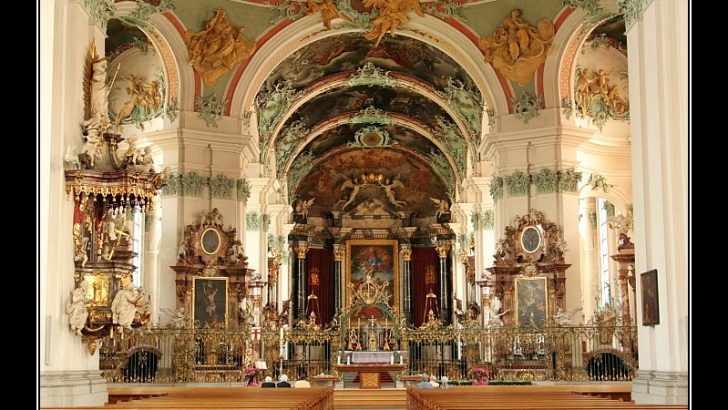On the Summits of the Highest Love
by Enzo Farinella (Edizioni Grafiser, €15.00)
Through Mountains and Valleys
by Enzo Farinella (Edizioni Grafiser, €15.00)
Joe Carroll
The author is a former cultural attaché at the Italian embassy in Dublin, who has settled in Ireland as a journalist and RAI correspondent, and has made it his mission in life to research and publicise the exploits of the Irish monks who carried their Faith and learning to the Europe of what is often called (perhaps mistakenly) ‘the Dark Ages’.
The Roman Empire was crumbling and the barbarians poured in from the East. The story of how the Irish ‘saved civilisation’ in medieval Europe, to use Thomas Cahill’s phrase, has often been told. The late Cardinal Ó Fiaich used to warn that a number of these saviours were “doubtfully Irish”, but there is growing evidence that the Irish contribution to preserving Christianity and its monastic culture in what is today France, Germany, Italy, Austria and Switzerland was enormous.
These two books explore aspects of this era of achievement. Both books are illustrated and have a German as well as an English text, so that they can truly be shared by an international readership.
The first gives special attention to St Gall (560-646 AD) and the monastery and cathedral of St Gallen which developed from his pioneering efforts. The northern Swiss canton where they are situated also bears his name.
The library holds more than 400 Irish manuscripts and musical works copied by the monks. Among these is the famous ‘Plan of St Gall’, showing the layout of an ideal medieval monastery, an intellectual treasure of the first rank.
Invasion
A less known monastery is Reichenau, associated with the Irish monk St Pirmin (c.700-753 AD), which stands on an island in Lake Constance (the Boden See), which lies between modern Germany, Switzerland and Austria. This survived down to 1802 and the Napoleonic invasion of the region; some of its treasures were lost at that time, but many are preserved in the library in Karlsruhe (a creation of the 18th Century).
Farinella’s second book deals more with Austria and the work of St Rupert, the first Bishop of Salzburg and founder of the monastery of St Peter there which still exists. His Irish origins are uncertain, but there are traces of his work in Bavaria and along the Danube valley.
He was followed in Salzburg by the definitely Irish St Virgil, or Fergal, born around 700 AD in Co. Meath. He was also renowned as a geographer, and taught that the world was round. He clashed with St Boniface, the Apostle of Germany, over baptisms and the independence of the Celtic church. St Zachary, who reigned as Pope between 741 and 752, the last of the Byzantine Popes, who has been described as a capable administrator and a skillful and subtle diplomat in a dangerous time, supported Fergal.
It is impossible for a modern reader to visualise the conditions in which these pioneering monks worked in. In those centuries theses regions, only just emerging as real nations , were akin to a forested wilderness (perhaps like North America a thousand years later). They were territories, not countries, lands where the borders changed with each new local ruler.
One can only marvel at the missionary zeal and achievements of these saintly scholars and sturdy pioneers. They can truly be called a group of nation builders, for they are to be counted among the people who laid the seed bed of modern Europe.


